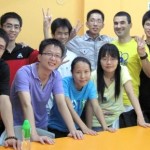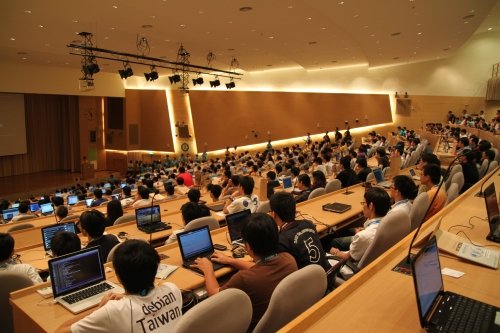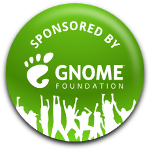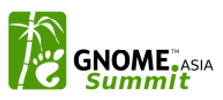After moving to Southern China, we have been attempting to meet with local FOSS communities. Finally we got to visit the Shantou University (STU) and talk to the core members of Linux Association, one of the winners of Software Freedom Day Innovative event award 2009 from sfdchina.org.
Since its establishment in 2005, STU Linux Association has been hosting regular meeting on a weekly basis (except holidays and exam period). They strive to introduce members of different FOSS applications and give technical lessons that their core members are familiar with. They even have members dedicating to help students with difficulty in installing Linux.
It was a great pleasure to meet with all of them due to their enthusiasm towards FOSS. Some of them have been the core members for 4 years, that’s usually not the case in other universities I’ve met. This year they are planning for a double capacity SFD event. Fred and I promised to support them with more goodies and be the SFD speakers. We are looking forward to celebrate SFD with Shantou University and wish everybody Happy Software Freedom Day!





